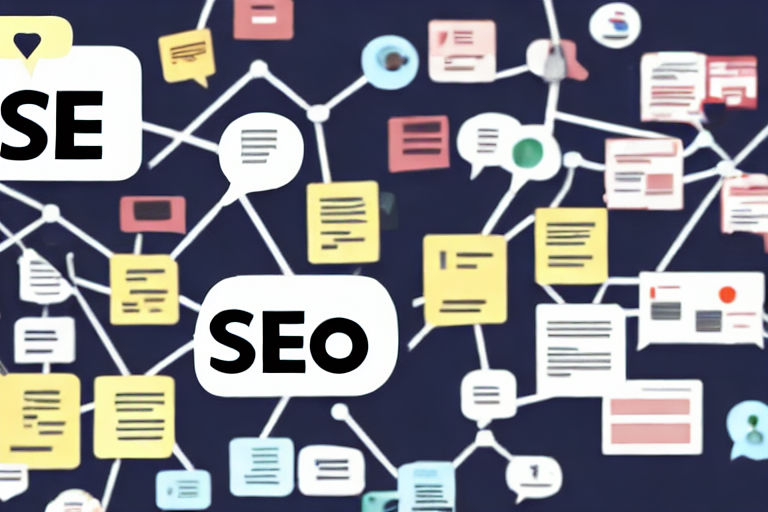Maximizing SEO Ranking: The Role of Page Speed in E-commerce Websites
E-commerce websites are dedicated to selling products online. Typically, visitors access this type of website to purchase items they need or want. But did you know that page speed can affect the SEO ranking of an e-commerce website?
In this article, we will examine how page speed affects SEO and what techniques you can use to improve the performance of your e-commerce website.
What is Page Speed?
Page speed refers to the amount of time it takes for a webpage to load. This time is commonly measured in seconds, with a faster loading time being better for user experience. According to one study, long page load times are a significant factor in user abandonment of e-commerce websites.
But page speed ranking isn’t just about user experience. It also affects your website’s ranking in search engines. A slow loading time can lead to a lower ranking compared to other sites that have faster loading speeds.
How Page Speed Affects SEO Ranking
Search engines use many factors to determine the ranking of a website. One of these factors is page speed. The search engine algorithm takes into account the loading speed of your website when ranking it in the search results.
When a visitor clicks on a link to your website and the page takes a long time to load, the visitor may become frustrated and leave the site. This is known as a bounce rate. If the bounce rate is high, the search engine will assume that the website isn’t relevant to the visitor's search query and so will lower the website’s ranking.
Furthermore, a slow loading time can also affect the crawl rate of your website. Search engines use bots to crawl and index your website. A delay in loading your website will also slow down the crawl rate of bots. This can result in search engines failing to index all of the web pages on your website.
Techniques to Improve Page Speed
Improving page speed takes effort, but there are several techniques you can use to improve the loading time of your e-commerce website. Here are some of them:
Use a Content Delivery Network (CDN)
A Content Delivery Network (CDN) is a group of servers that are geographically dispersed. The servers store copies of your website in different locations. When a user loads your website, the server closest to them will serve the content to them. This reduces the loading time of your website.
Optimize Your Images
Images can take up a lot of space on your website. Therefore, it’s important to optimize them. You can compress images to reduce their size without losing quality. This will help to reduce the loading time of the website.
Minimize HTTP Requests
HTTP requests occur when a browser requests a file (HTML, CSS or JavaScript) from a server. The more requests that are made, the longer it will take for the page to load. You can reduce the number of HTTP requests by reducing the number of files on your website.
Use Browser Caching
Browser caching allows the browser to store static files on a user’s computer. This means that users don't have to download files each time they visit the website. Using browser caching can speed up the loading time of your website.
Conclusion
Page speed is an essential factor in SEO ranking. A slow loading time can lead to a decrease in ranking as well as a high bounce rate. By using content delivery networks, optimizing images, minimizing HTTP requests and using browser caching, you can improve the loading time of your e-commerce website, leading to higher SEO ranking and more satisfied visitors.



